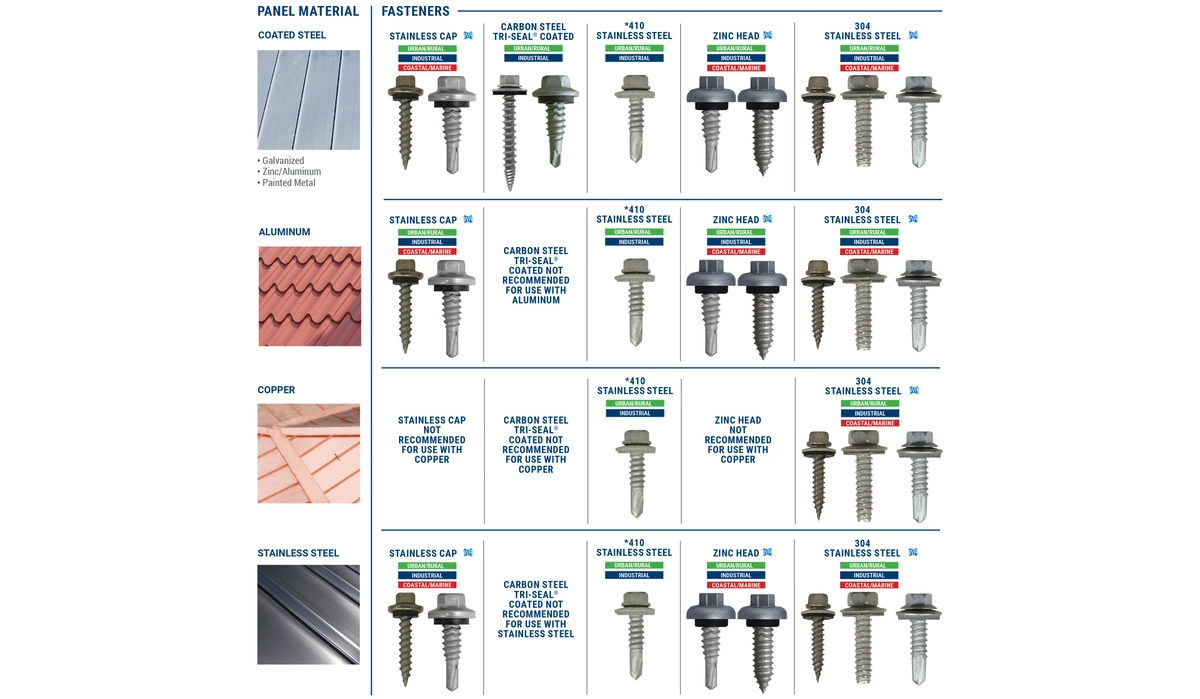When structural integrity, safety, and long-term durability are on the line, high-torque fastening systems become a non-negotiable part of the construction toolkit. Whether you’re working on high-rise steel frameworks, bridge assembly, wind turbines, or heavy industrial installations, the right fastening technology determines everything from operational safety to maintenance costs.
Here’s what every contractor, engineer, and procurement manager in the construction industry should know about high-torque fastening systems right now.
Not All Fastening Systems Are Built for High-Torque
Standard bolts and impact wrenches might work for light-duty applications, but they’re inadequate when you’re dealing with critical connections. High-torque fastening systems are engineered specifically to handle extreme loads, torque values beyond 1,000 Nm, and the harshest site conditions.
The difference lies in design precision and material strength. High-torque tools often incorporate hydraulic or electric torque multipliers, digitally controlled settings, and reinforced gear mechanisms. These features ensure precise tensioning, repeatability, and lower risk of under- or over-tightening—a major cause of structural failures.
Pro Tip: If your application involves structural steel or dynamic loads, always check the torque specs and match them with a certified high-torque system.
Precision Torque = Safer Structures
High-torque fastening isn’t just about brute force. It’s about precision. Applying the correct torque ensures bolt preload is uniform, which directly impacts the stability and load-bearing capacity of joints.
Inconsistent torque application can lead to:
- Bolt fatigue and premature failure
- Loose joints and vibration issues
- Costly rework and safety risks
Many modern systems come with integrated torque and angle monitoring, ensuring each fastener is tightened exactly to spec. In critical builds, this traceability is essential for compliance and quality assurance.
Hydraulic vs. Electric: Choose Based on the Job
The two dominant categories in high-torque systems are hydraulic and electric. Each has its advantages:
Hydraulic torque wrenches provide high-level force and are perfectly suited for demanding industrial tasks, including pipeline construction, offshore platforms, and steel framework assembly.
Electric torque tools offer superior portability, lower maintenance, and digital controls, making them perfect for vertical construction and projects with limited access or no hydraulic infrastructure.
Tip: Don’t choose based on force alone. Factor in tool weight, available power sources, precision needs, and environmental constraints.
Fastener Quality Matters as Much as the Tool
High-torque fastening is a system—not just a tool. Using substandard bolts with a high-end torque wrench can still lead to disaster.
Look for fasteners that are:
- Grade 8 or higher
- Zinc- or epoxy-coated for corrosion resistance
- Certified to meet ASTM or ISO standards
Many manufacturers now offer matched tool-and-fastener systems, which are tested together to deliver guaranteed performance. This method reduces the chances of mismatched components and helps ensure eligibility for warranty coverage and regulatory adherence.
Invest in Training and Calibration
High-torque fastening systems are precision tools, and like all precision instruments, they need proper training and regular calibration.
Without these, even the best systems can lead to:
- Inaccurate torque readings
- Misaligned bolts
- Voided warranties
Most top-tier manufacturers provide training programs, either on-site or remote, and offer certified calibration services. Incorporate both into your tool maintenance cycle, especially if you’re working in regulated environments.
Bonus Advice: Keep a digital log of tool usage and maintenance. It speeds up audits and shows due diligence.
Final Thoughts
Baut – Mur tokohasil: High-torque fastening systems aren’t a luxury—they’re a necessity in today’s high-performance construction world. From improving structural integrity to reducing rework and increasing efficiency, they pay for themselves many times over.
Make sure you’re choosing the right tool for the job, pairing it with compatible fasteners, and maintaining your systems with the same care you give to your builds. Precision, safety, and reliability start with what holds everything together.
